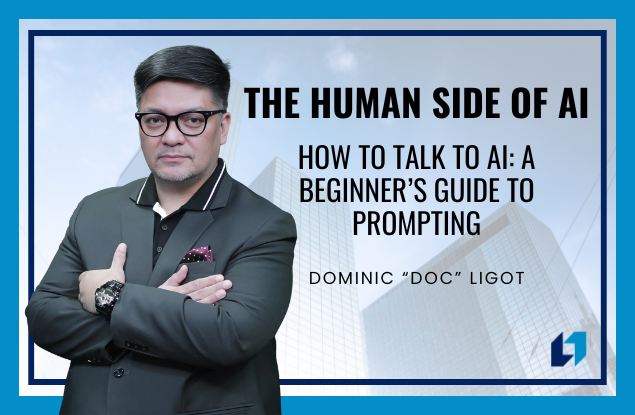Using AI like ChatGPT can feel like magic, but the secret is in how you ask it questions. This is called prompt engineering… basically, learning how to “talk” to AI in a way that gets the best answers. While you might hear advice like “be specific” or “say, ‘think step by step,’” there’s more to it than that. Let’s break it down in plain English.
How ChatGPT Understands What You Say
When you type something, ChatGPT doesn’t “read” words like humans do. Instead, it turns every word into a kind of “math code” called an embedding. Think of embeddings like a map where words with similar meanings are close together.
For example, if you say “manufacturing,” ChatGPT looks at all the ideas linked to that word… like factories, machines, and supply chains… and builds its answer from there. So, how you phrase things matters. Small changes in your wording can lead to better or more detailed answers.
Getting the AI to Pay Attention to the Right Things
AI has its own version of “attention,” which is just a way of deciding which parts of your question are most important. If you ask, “Describe a cat sitting on a mat,” ChatGPT decides what to focus on: maybe the cat’s color, its pose, or the texture of the mat.
If you want a more vivid answer, give extra hints like:
“Describe a fluffy orange cat sitting lazily on a soft, patterned mat, as if it’s enjoying the sunshine.”
This is how you can guide the AI to give you the details you want.
Using Outside Information: RAG
Sometimes ChatGPT’s built-in knowledge isn’t up to date. That’s where something called RAG (Retrieval-Augmented Generation) comes in. It’s like ChatGPT using Google on your behalf… pulling the latest info before answering.
For example, if you ask about “new privacy laws in 2025,” RAG would help ChatGPT check recent data instead of relying only on older info it already knows. This makes the answer more accurate and current.
Prompts for Images
If you’ve tried AI art tools like MidJourney or DALL·E, you’ve seen how prompts work for pictures too. These tools start with a random “static-like” image and slowly refine it based on what you type… this is called the diffusion process.
For example, typing:
“A cozy winter cabin at sunset, in the style of an oil painting”
gives better results than just saying “cabin.” The more you guide the AI with style, mood, or colors, the closer the image matches what you’re imagining.
Avoiding “Made-Up” Answers
Sometimes ChatGPT will confidently make things up. This is called a hallucination… and it’s why being clear and checking the answers matters. If you’re asking about something important (like medical advice or financial rules), always verify the answer from real sources.
Good prompts help prevent hallucinations by being specific and direct.
Why Prompting Is a Real Skill
Talking to AI isn’t just about typing random questions. The better you understand how ChatGPT “thinks,” the better results you’ll get. Whether you’re asking it to write, brainstorm, or create images, your words shape the outcome.
As AI shows up in more jobs and tools, being good at prompting will become as important as knowing how to Google something today.
Dominic “Doc” Ligot is one of the leading voices in AI in the Philippines. Doc has been extensively cited in local and global media outlets including The Economist, South China Morning Post, Washington Post, and Agence France Presse. His award-winning work has been recognized and published by prestigious organizations such as NASA, Data.org, Digital Public Goods Alliance, the Group on Earth Observations (GEO), the United Nations Development Programme (UNDP), the World Health Organization (WHO), and UNICEF.
If you need guidance or training in maximizing AI for your career or business, reach out to Doc via https://docligot.com.
![]()



